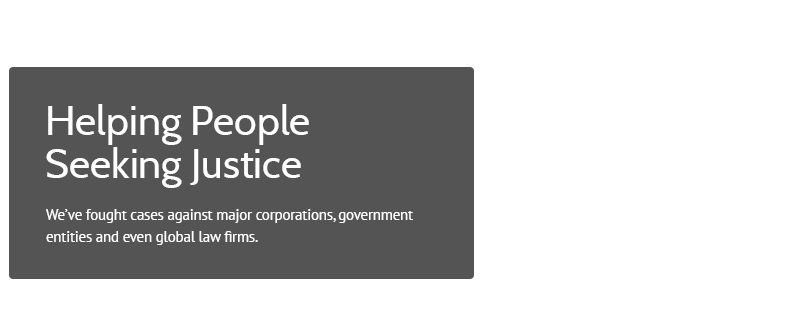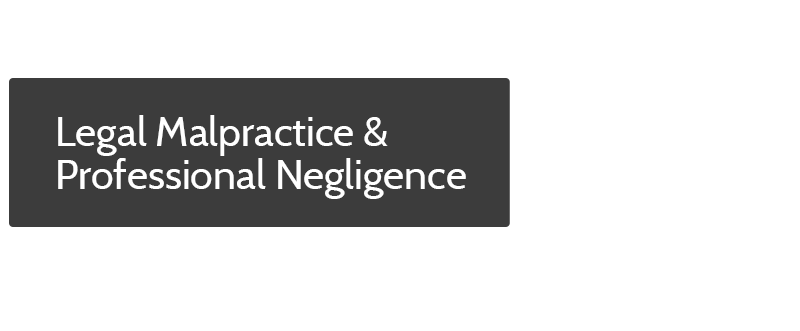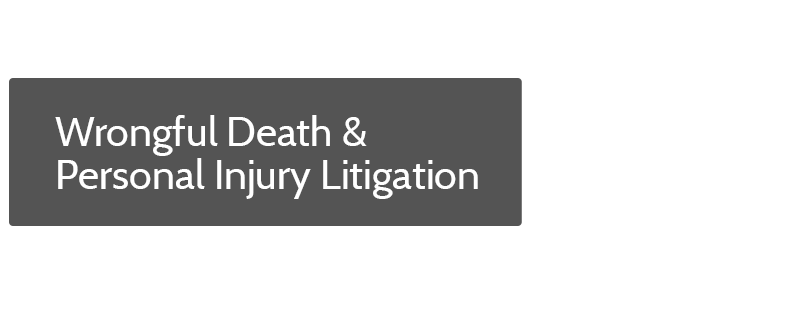Tag Archives: injuries
Who Has Liability for Dangerous Sidewalks?
PROPERTY OWNERS MUST NOT CREATE HAZARDOUS CONDITIONS ON SIDEWALKS California law does not require property owners to maintain public sidewalks adjacent to their properties. Maintenance of public sidewalks is generally the duty of the city or municipality that owns the walkway. However, where statutes (laws) or other regulations (such as CC&Rs) require property owners… Read More »
Does a Property Owner’s Knowledge of Risks Increase Liability?
Premises liability generally arises where a property owner, or someone in possession or control of real property, has actual or constructive knowledge of a dangerous condition, and fails to take proper steps to repair and/or warn people about the risk. However, the law does generally require the defendant to have either actual knowledge or constructive knowledge… Read More »
What is “Premises Liability” and Who Is Liable?
PREMISES LIABILITY IS A FORM OF NEGLIGENCE RELATING TO THE USE AND MAINTENANCE OF REAL PROPERTY “Premises” is another word for real property, which means land, and the buildings and other improvements made to land. Premises liability is a form of negligence, under which the people who own, control, or (in appropriate circumstances) manage… Read More »
What is Medical Malpractice?
MEDICAL MALPRACTICE IS A FORM OF PROFESSIONAL NEGLIGENCE Malpractice claims arise from situations where a professional–usually someone practicing a licensed profession–performs his or her professional services in a negligent manner. Medical malpractice generally applies to licensed medical professionals, including (but not limited to) physicians, licensed therapists, and others who render medical services under a… Read More »
Understanding The Duty Of Care
UNLESS A DUTY OF CARE EXISTS, THERE CAN BE NO ACTIONABLE NEGLIGENCE The existence of a duty of care is a threshold requirement for negligence claims. Unless a duty of care exists, and unless the defendant owes that duty to the plaintiff who suffered injury, there can be no valid negligence claim. This is… Read More »
The Duty to Prevent Harm
In California, the law does not impose a general duty on people to take specific or affirmative actions to help or protect others, even when they see another person in danger. However, this rule is subject to many exceptions–so many that, in places, they seem to almost overwhelm the rule. California and Federal laws impose… Read More »
What is Negligent Entrustment?
Under the law, “entrustment” can occur when a person gives, lends, or sells an item to someone else. Although entrustment contains the word “trust,” a person can be liable for negligent entrustment whether or not (s)he actually trusted the person to whom the item was loaned, given, or sold. Legally, a person can be held liable… Read More »
Proving Fault in Suits For Injuries on Public Lands
PLAINTIFFS MUST PROVE THAT PUBLIC ENTITY DEFENDANTS WERE AT FAULT FOR INJURIES OCCURRING ON PUBLIC LANDS. A mandatory element of an injured plaintiff’s claims against a government defendant for injuries occurring on public lands is the defendant’s “fault.” Plaintiffs can prove fault by proving either: (a) the public entity created the dangerous condition; or (b)… Read More »
When is a Property Owner Responsible for the Wrongful Acts of Others?
GENERALLY, THE LAW DOES NOT IMPOSE LIABILITY ON PEOPLE FOR THE ACTS OF OTHERS. As a general rule, the law holds each person responsible for his or her own actions. California law does not normally require people to control, oversee, or warn about the acts of “third parties” (a legal term that refers to… Read More »














